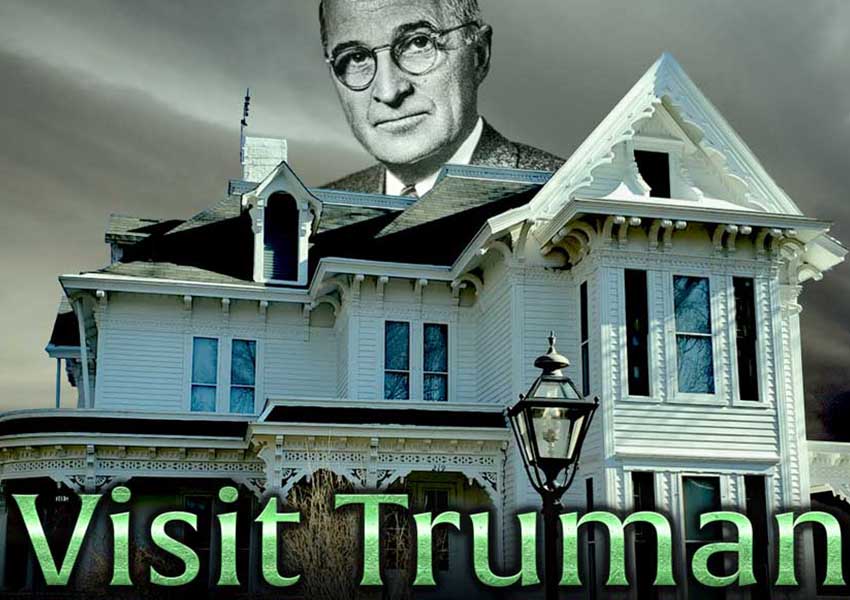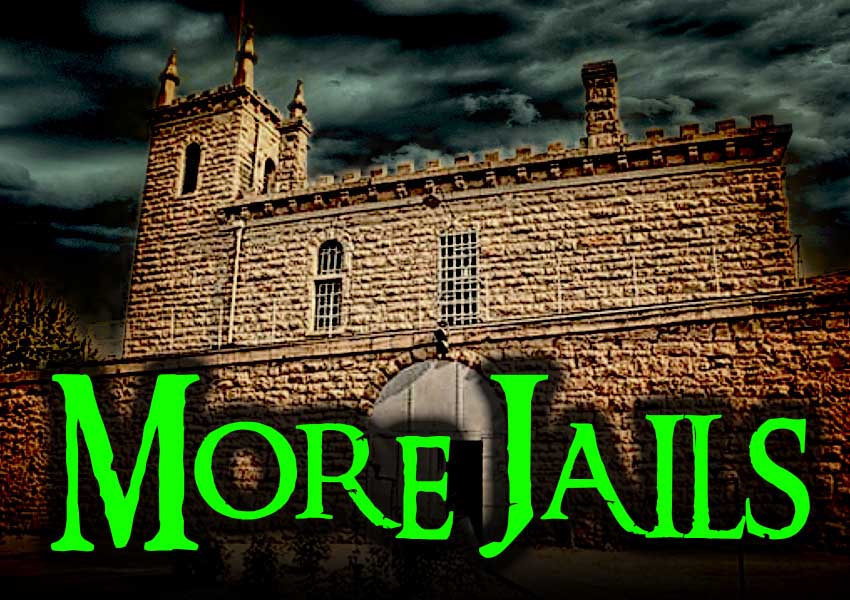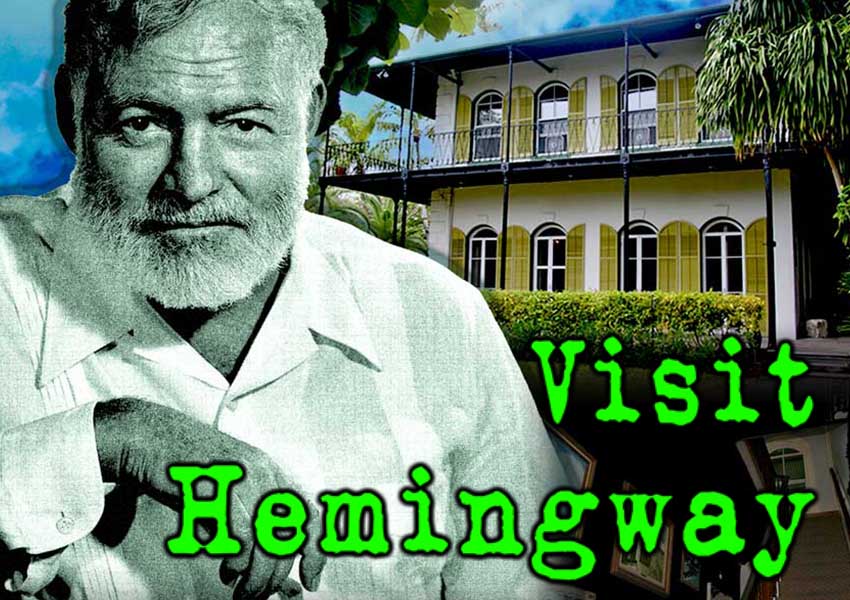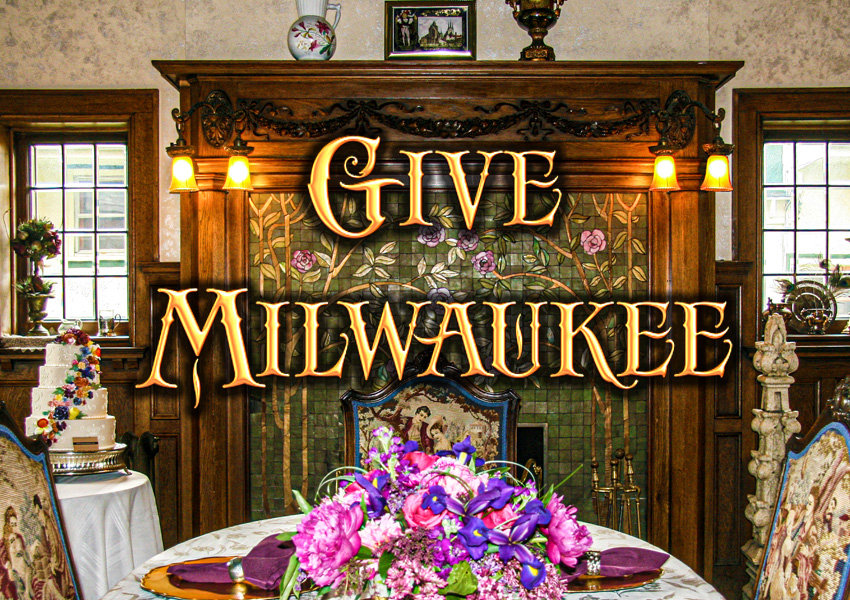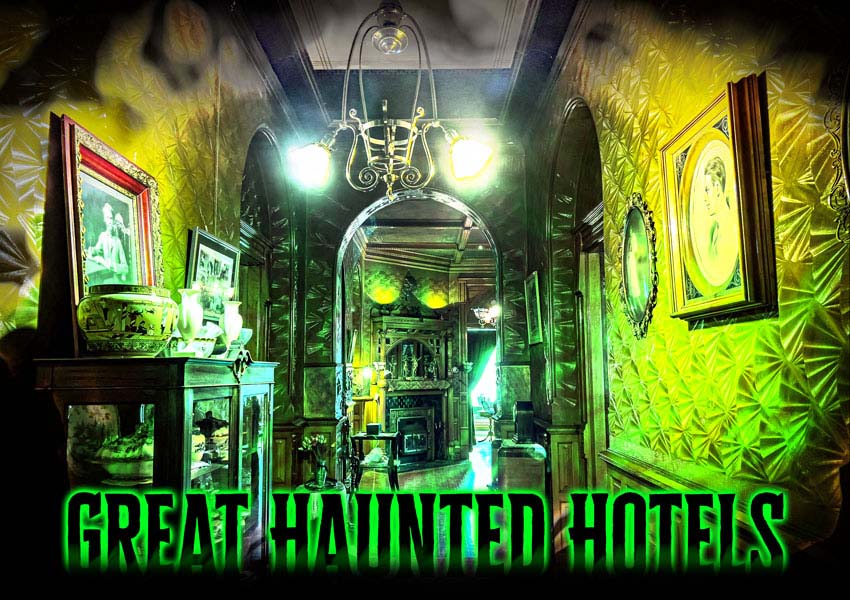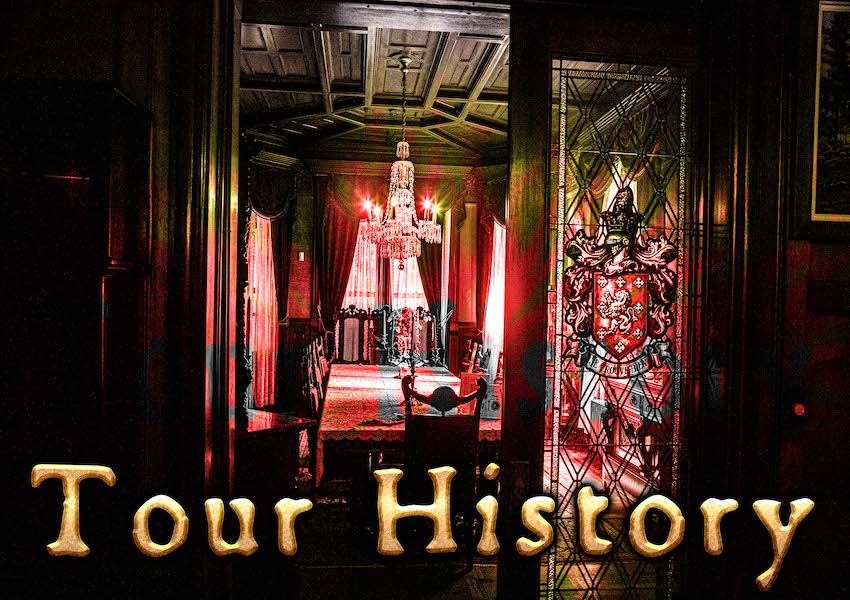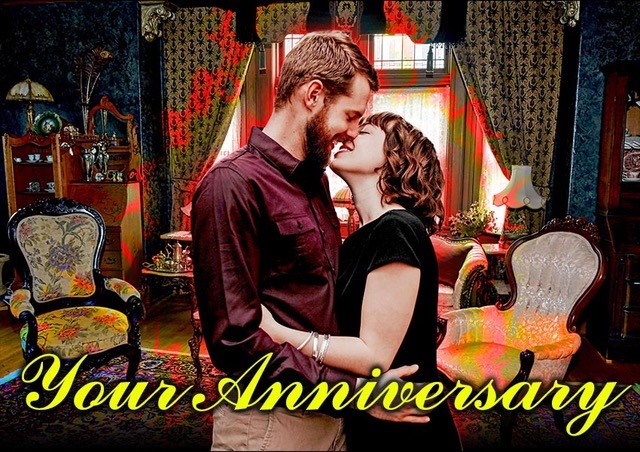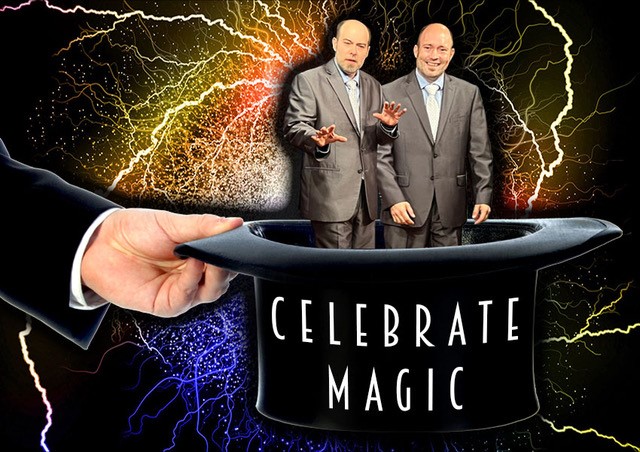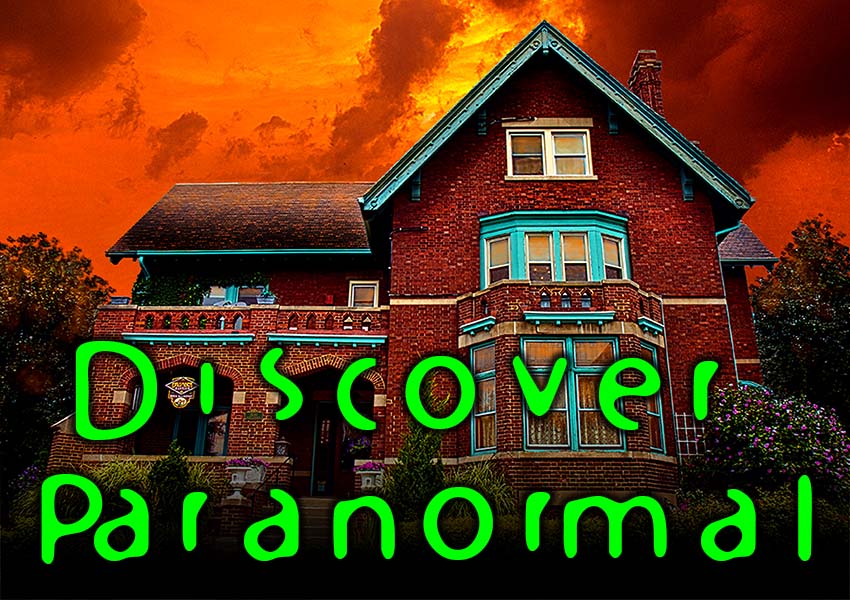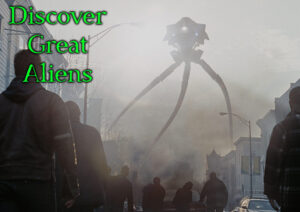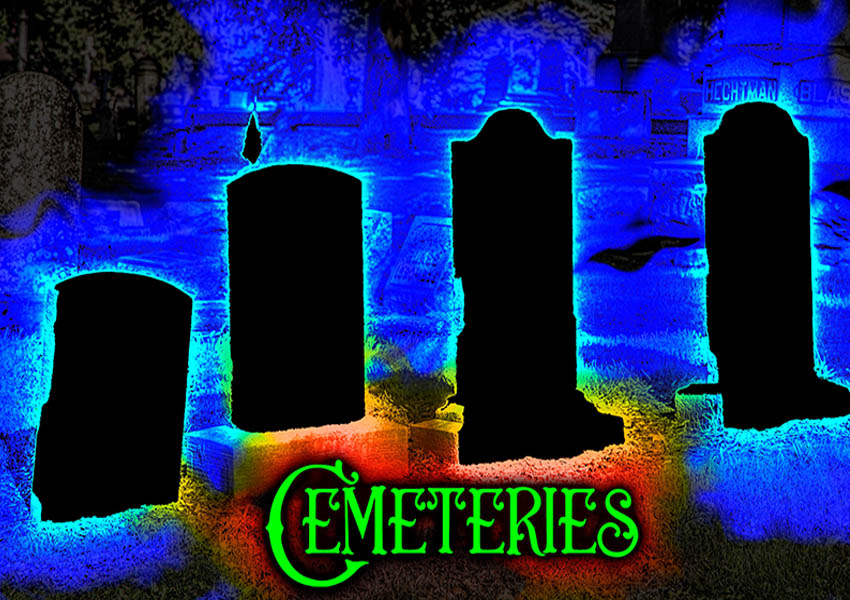Gettysburg Pennsylvania
The Lightner Farmhouse Bed and Breakfast
If I retrace my day before my death, perhaps I can change the outcome.
If I hang on a little longer, maybe the surgeon will decide to try to save me.
I can’t let go of what happened to me, but I find some peace here in this beautiful place.
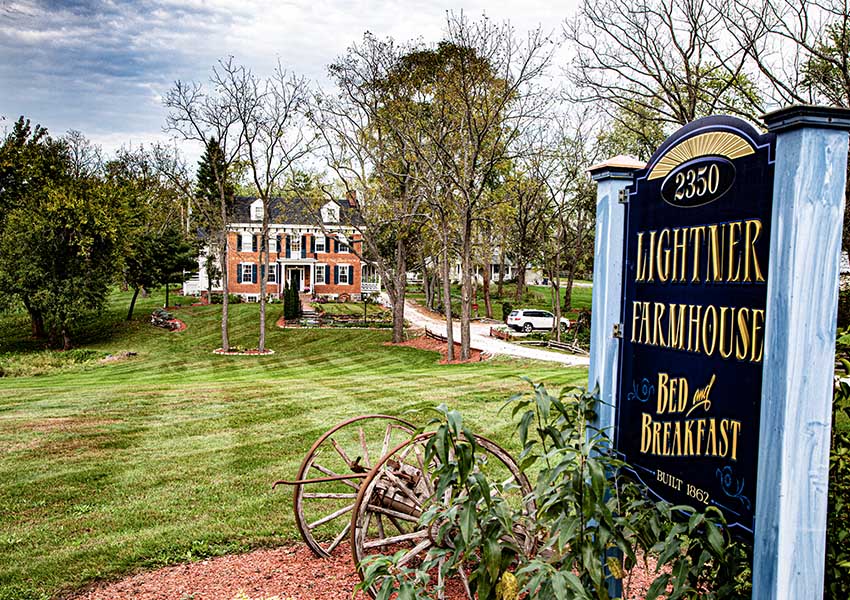
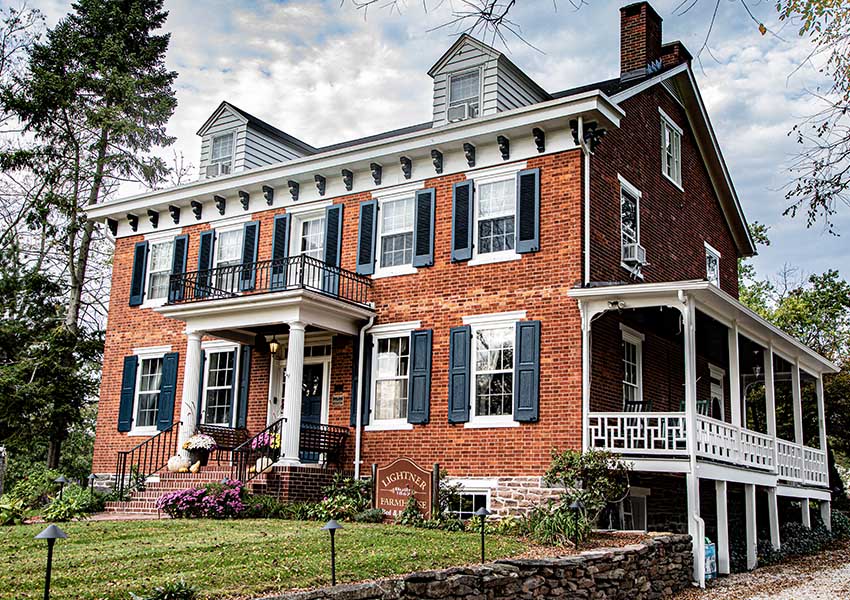
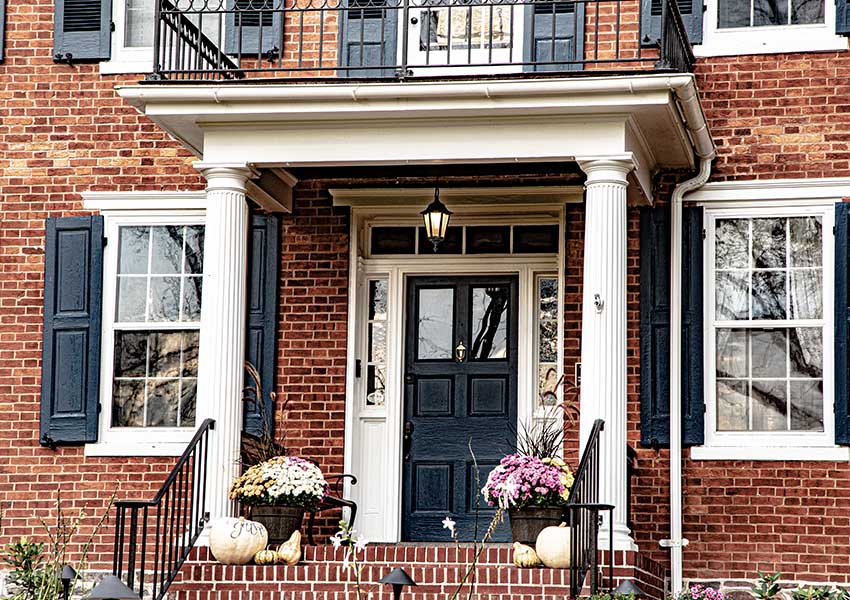
DESCRIPTION
“Come for the History, stay for the Hospitality!”
This handsome Federalist, three storied brick beauty was built to be the dream home of Isaac Lightner and family. It was beautifully restored in 1962, and is currently a bed and breakfast.
Staying in the Lightner Farmhouse is like stepping back in time, when the Lightner family lived there. The first floor common rooms and the guest accommodations have replica and real antique 19th century furniture, much like the Lightner family must have had, giving the visitor the feeling that the family had just gone out for a walk around their immense acreage! The walls of the rooms have Battle of Gettysburg and Lightner family memorabilia on display.
Most of the six guest rooms honor first responders and patients whose lives intertwined with the Lightner Farmhouse during its Gettysburg Battle Union hospital days. There is one room on the first floor(Lincoln Bedroom), four rooms on the second (Major Greenlief T Stevens, Private John F. Chase, Captain Elias R. Monfort, Dr. George W. New) and a two bedroom suite on the third (Nurse Elmina Spencer Suite).
While President Lincoln never visited the Lightner Farmhouse, his vision of keeping the South in the Union started the Civil War. Seriously hurt Major Greenlief T Stevens and barely alive Private John Chase (both from the 5th Maine Light Artillery), spent recovery time inside, as did the badly hurt Captain Elias R. Montfort (75th Ohio Infantry). They all survived, thanks to the skill of Surgeon George W. New and Nurse Elmina Spencer, who picked the Lightner Farm to be a close-by hospital.
Each guest room honors the person it was named after. Their life achievements are shared in honor of them. While there are no televisions in the guest rooms, folks can go down to the basement gathering room, and watch television there. The owners offer various informative programs in the basement.
Walnut Cottage is connected to the back door of the main home, and is used as an eating area for guests. Because the kitchen once stood here, there is a restored bee-hive bread oven connected to the side.
Guests have a patio and fire pit, and often enjoy walks around the trails on the private eighteen acres. Tom and I would love to stay there on our next trip to Pennsylvania.
HISTORY
The farm’s history begins in 1825, when a homestead pioneer built a simple, white, two-story clapboard home, a barn, and set up a farm on the then 140 acres. In 1841, Isaac Lightner and his wife Barbara bought the property for their growing family.
In 1858, Isaac was elected Sheriff of Gettysburg for a four year term, and moved his family into the sheriff’s quarters in the jail section of the courthouse. They moved back to their farmhouse in 1862, and decided that they needed a more upscale home, to reflect his importance in the community, and to make more space for their now larger family.
They tore down the original plain farm house and built a grander Federalist brick forever home, as certainly the war wouldn’t come to Gettysburg. They didn’t know that the Confederate troops needed some shoes, and were going to nearby Chambersburg.
On July 1st, they found out after seeing 25,000 Union soldiers marching north to the battlefield located just down the lane from their property. In the true spirit of Murphy’s Law, the unexpected had happened.
When the battle started that day, the Lightner family moved to a safer town, hoping for the best that their dream home would still be standing, and their possessions would still be there.
Meanwhile, medical first responders traveled down Baltimore Pike searching for buildings to be set up for treatment of the Union wounded. The Lightner Farmhouse, barn and field were among many properties chosen by Union 1st Corp Surgeon George W. New, and Nurse Elmina Spencer, from the 147th New York, to set up the needed hospitals.
The three-storied barn was the triage area. The mildly wounded were on the first story, and the moderately wounded were on the second. The patients not expected to live were put on the barn’s third story to die.
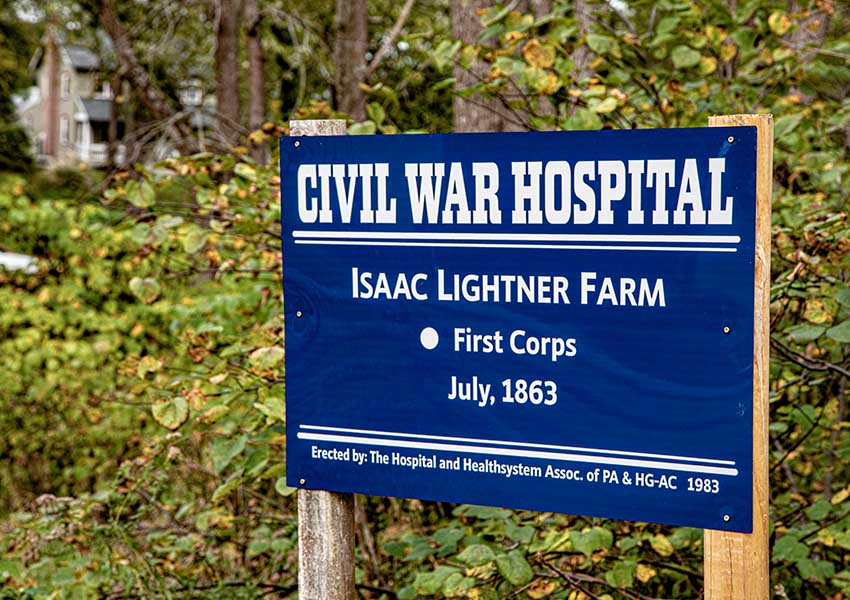 Life-saving operations took place on the tables in the dining room and parlor. Many limbs were amputated, bleeding was stopped and wounds were sewn up. After treatment, these patients were moved to the post-op tents in the field to recuperate.
Life-saving operations took place on the tables in the dining room and parlor. Many limbs were amputated, bleeding was stopped and wounds were sewn up. After treatment, these patients were moved to the post-op tents in the field to recuperate.
Patients whose wounds were too severe to be in a recovery tent, were kept upstairs in the bedrooms. Major Greenlief T. Stevens had been shot in both legs by a single bullet from a sharp shooter. The bullet left his body, and his legs were saved. He went on to have a successful political career.
Captain Elias R. Monfort suffered serious wounds as well. He eventually became Commander-in-Chief of the Grand Army of the Republic.
Patient Cannoneer Private John F. Chase was a brave nineteen year old army recruit who received the Medal of Honor for his actions at his first Civil War encounter, the Battle of Chancellorsville.
At the Battle of Gettysburg, he defeated the odds and wound up surviving. He was manning one of the cannons on Steven’s Knoll where he was hit with a Confederate artillery shell, which took off his right arm, destroyed his left eye, and put 48 pieces of shrapnel into his body, making him the most wounded soldier in the Civil War.
He was assumed dead, and put in the back of the Union line with other deceased comrades. Two days later, the man driving the wagon full of the dead heard him moan, gave him some water, and took him to the Lightner Farm Hospital.
He was declared to have no chance so was put on the third story of the barn. Three days later, the surgeon took him inside, and mended his wounds. He stayed upstairs for a week. He then went to Seminary Hospital, still in severe condition. After three weeks, they put him outside to die, but he didn’t.
He spent another three months there before being sent to Philadelphia Hospital to recover enough to be sent home. He went on with his life, still carrying bits of shrapnel in his body. He married, became a businessman, had seven children, and wrote a book about his experiences at Gettysburg.
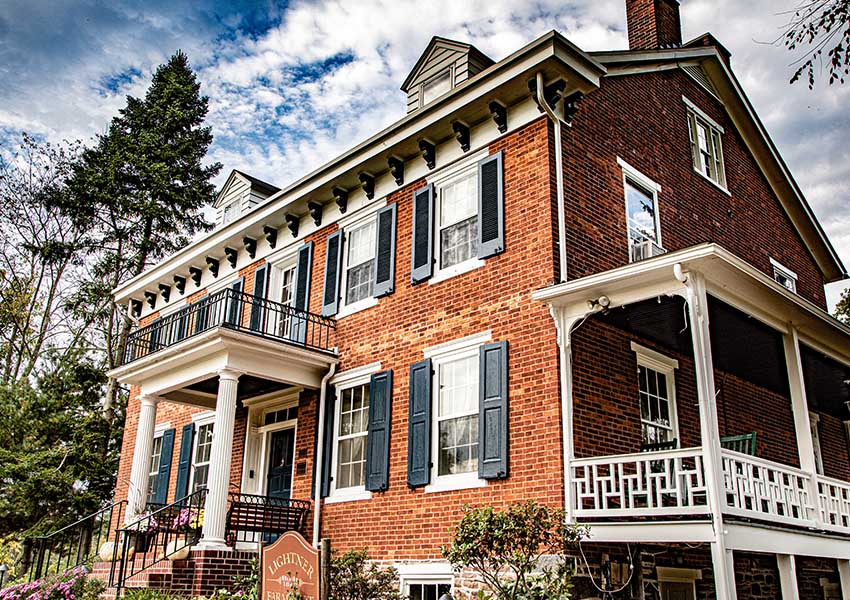 After the battle ended a few days later, Mr Lightner came back to check on his property, and was relieved it was still standing, even though it was filled with soldiers. He was shocked at the mess inside. Their dining and parlor room tables were destroyed, soaked with blood, as were the floorboards.
After the battle ended a few days later, Mr Lightner came back to check on his property, and was relieved it was still standing, even though it was filled with soldiers. He was shocked at the mess inside. Their dining and parlor room tables were destroyed, soaked with blood, as were the floorboards.
For three weeks, he and his family jumped in to take care of the wounded and dying, feeding them and providing comfort and encouragement. The Lightner daughters baked bread in the bee-hive oven to help feed many mouths, along with the products gotten from their farm animals.
At the end, Mr. Lightner was out $2,000 for all the food, supplies, animals and wood used for the care of soldiers. The floor boards of the house had to be replaced. He put in a request for reimbursement to the federal government, which rejected his invoice. Luckily, he had money!
Members of the Lightner family lived at the family farm house throughout the eras, until it was sold outside the family. It always had owners who cared about its preservation. In 1962, the farm house was carefully restored by Dr. Carol Bass. He also restored the bee-hive oven. The barn had fallen apart long ago.
At some point, the old kitchen was turned into Walnut Cottage, at first to provide more rooms for guests. The basement and first floor were renovated to meet their needs. I think after the two-room suite on the third floor was completed, its owners stopped using Walnut Cottage for guest rooms, and made it a dining area on the first floor.
In 2000, it was made part of the Rock Creek-White Run Union Hospital Complex, a national historic district located in Cumberland Township, Gettysburg, and Mount Joy Township in Adams County, Pennsylvania.
HISTORY OF MANIFESTATIONS
Spirits who have died while waiting for help, sometimes don’t want to give up hope that they will survive if they just wait long enough.
Waverly Sanitarium, KY (The spirits who died of TB there still wait to be cured).
Saint Peter’s Church, WV (The spirit of a Civil War soldier who died before he could get medical help inside, thinks that if he waits long enough, he will get treatment).
Broadalbin Historic 1854 Inn, NY (In 1898, Dr. H.C. Finch bought the Kennyetto Hotel building, promising to cure patients’ alcoholism in his four week program. His patients suffered greatly, some went blind, and even died. Some of the spirits of his victims are still hoping to be cured).
Lightner Farmhouse Bed And Breakfast, PA (Spirits of Union soldiers who died on the third floor of the barn may still be waiting their turn to be seen by medical staff).
People who die suddenly from an unexpected incident sometimes are stuck reliving the days before their death, trying to do things differently in order to change the outcome, as they are not willing to accept their demise.
Albany State Capitol, NY (The spirit of the security guard who died from smoke inhalation after getting people out of the Capitol, still tries to get out himself before he dies).
Palace Theatre, NY (A tight rope walker who fell to his death, is still redoing his walk, hoping to undo his fatal fall).
Ham House Museum, IA (The spirit of the pirate captain is still trying to find the long departed Sarah Ham to kill her before she can shoot him through her bedroom door. “Maybe this time I can be successful!”).
Lightner Farmhouse Bed And Breakfast, PA (The spirits who died here may be reliving their last day of life, from their morning experiences to their ending moments. Perhaps, they could find a way to survivethis time).
Spirits who are bonded to the land, sometimes move into buildings nearby for a visit with the living.
Manassas National Battlefield Park Visiter Center, VA (The building sits on a hill where fierce battles took place. Spirits who died there like to come inside to see the historical displays, and get some chuckles by teasing the night staff).
Kolb Court, GA (Spirits of Civil War soldiers who died in a battle on the Kolb Farm like to visit the living who bought the houses built on the old battleground).
National Bird Aviary, PA (The spirits of Civil War P.O.W.s who died in the prison that once stood here, like to walk around the aviary, and visit all the birds, finding some peace).
Lightner Farmhouse Bed And Breakfast, PA (Spirits of soldiers who died nearby may decide to stroll inside and perhaps to say hi in a fun way).
People who are hurting and finally find comfort and help, sometimes as spirits visit or reside where they received it.
Aaron Burr House Bed and Breakfast, PA (Faithful friends of the disgraced Aaron Burr gave him encouragement and a safe place to stay in a house that once stood there. Aaron’s spirit is still attracted to it, looking for peace).
Edgewood Plantation Bed & Breakfast, VA (Because the Rowlands took care of their needs while alive, spirits of soldiers are cordial toward the owners and the living. The spirit soldiers see the living as potentially being part of their team).
General Wayne Inn, PA (The spirits of Hessian soldiers are spending their afterlives here, enjoying former pleasures that comforted them while alive).
Lightner Farmhouse Bed And Breakfast, PA (Both the spirits of soldiers who died and those that recovered remember the kindness of the Lightner family, who fed and took care of them. They find peace by visiting).
Keeping the original name of a place, or naming it after someone, can encourage its spirit to move inside.
Aaron Burr House Bed and Breakfast, PA (When another house was built where the friends’ house once stood, the spirit of Aaron felt welcomed and moved inside, especially since it was called Aaron Burr Bed and Breakfast).
Loveland Castle, OH (During WW1, Harry Andrews became very ill with Meningitis. His girlfriend deserted him in his sickness, and simply married someone else. When Harry completely recovered, he focused his passion off of women and onto castles, and fixated on the culture and ideals embraced by the knights of old. Harry Andrews’ labor of love, Chateau Laroche became his place of peace. His spirit is still there).
Glebe House Museum, CT (A courageous, loyalist Episcopal Priest who paid dearly for his beliefs now savors his privacy and peace in the parsonage that he found some relief in while alive. It is set up just the way he had it in life, so he feels right at home. The word “Glebe” refers to a plot of land given to the Church of England for its sanctuary, the Parsonage).
Lightner Farmhouse Bed and Breakfast, PA (Three of their guest rooms are named after three soldiers of various rank who suffered from their wounds, but were saved by Dr. George New and nursed by the Lightner family. Their spirits may like to visit a place that saved them, and have some fun with people who are staying in their rooms named after them).
MANIFESTATIONS
Jokes
The unknown spirits who may visit inside are benign and fun-loving.
Spirits of soldiers may get their chuckles by jiggling door handles of the guest rooms in the wee hours of the morning.
According to the Trip Advisor review listed below under sources, this was reported by guests who stayed. (https://www.tripadvisor.com/ShowUserReviews-g60798-d118400-r13836432-Lightner_Farmhouse_B_B-Gettysburg_Pennsylvania.html)
“While they don’t really play up that the house is haunted we really believe it is!”
They experienced their door handle being jiggled in the early hours of the morning.
Residual Energy
“Residual energy is emotional energy that’s been imprinted from a person (living or crossed over) onto clothes, furniture, objects, and place.” (https://www.cassieuhl.com/blog/understanding-residual-energy-vs-spirits)
The residual energy experienced by the Trip Advisor couple takes the form of the sound of a body being dragged down the hallway of the second floor.
Perhaps this was once a patient who didn’t survive his wounds, and his body was dragged out of the house.
Outside Spirits of Soldiers
Their apparitions have been seen going about their business all over the Lightner Farmhouse property.
The place where the old barn stood, the field where the post-op tents were located, and Walnut Cottage, where the old kitchen once stood, and food was prepared for all the soldiers, are all haunted.



PARANORMAL FINDINGS
The owners, staff, guests and probably some paranormal enthusiasts can testify that spirits have been seen on the outside property.
I could find only one eyewitness account of activity inside the bed and breakfast.
STILL HAUNTED?
Maybe inside the bed and breakfast, but definitely yes for the outside property.
While I found a review that shares what one couple experienced inside, it really isn’t enough to say that spirits definitely visit.
Though many places that served as hospitals, still have some spectral patients that reside or visit, the owners of Lightner Farmhouse Bed and Breakfast aren’t making it public knowledge. If spirits do visit, they cause very mild activity, perhaps just to say hello.
For the areas outside near the bed and breakfast, spirits are recognized as being regular visitors and even have bonded to the land, having been seen by many.
LOCATION
2350 Baltimore Pike,
Gettysburg, PA 17325
It sits on eighteen acres of farmland, just off Baltimore Pike Road, not that far from the Gettysburg battlefield.
SOURCES INCLUDE
- https://www.lightnerfarmhouse.
com/ - https://www.lightnerfarmhouse.
com/rooms-overview - Lightner Farmhouse B&B
- https://pastlanetravels.com/
gettysburg-haunted-hotels/ - https://www.cassieuhl.com/
blog/understanding-residual- energy-vs-spirits - https://www.tripadvisor.com/
ShowUserReviews-g60798- d118400-r13836432-Lightner_ Farmhouse_B_B-Gettysburg_ Pennsylvania.html - Photos by Tom Carr unless otherwise credited in sources


